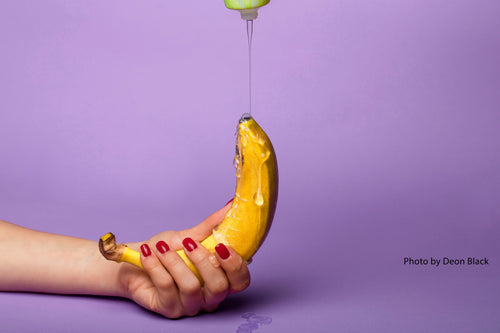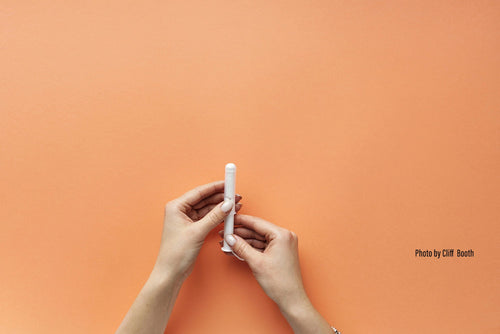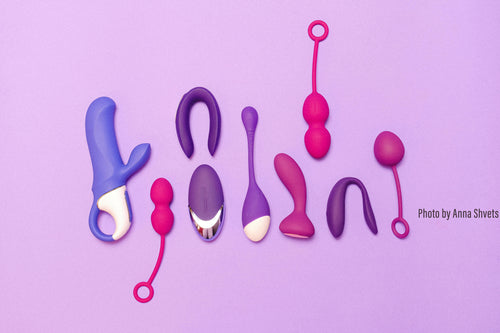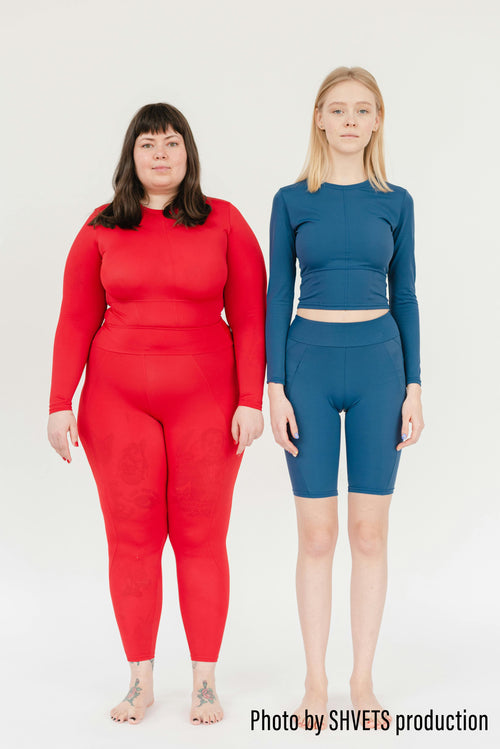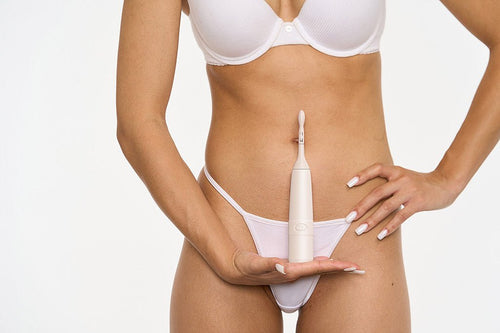Sexual Wellness for People with Disabilities: Exploring Accessible Toys
Sexuality is a core part of being human—and that includes people with disabilities. Yet for too long, conversations around pleasure and intimacy have excluded those with physical, sensory, or neurological differences. The truth is, everyone deserves access to safe, fulfilling sexual expression, and thanks to innovation in the world of sex toys, more adaptive and inclusive options are now available.
The Right to Pleasure
Disability doesn’t eliminate desire—it often just changes how someone accesses it. Physical limitations, pain, fatigue, reduced mobility, or sensory sensitivity can all impact intimacy, both with partners and with oneself. Adaptive sex toys help remove barriers and put pleasure within reach, literally and figuratively.
Sexual wellness isn't just about orgasm. It's about agency, connection, mental health, and feeling good in your body—whatever that looks like for you.
How Accessible Sex Toys Are Changing the Game
Modern sex toy design is beginning to recognize that “one size fits all” doesn’t work for everyone. Here are a few ways sex toys are being adapted to serve users with diverse abilities:
1. One-Button Controls
For people with limited hand mobility or dexterity, sex toys with large, intuitive buttons—or even single-button operation—make use much easier. Simplicity can mean the difference between frustration and satisfaction.
2. Hands-Free Options
Harnesses, suction-based toys, and wearable vibrators reduce the need for manual effort. These are great for users who have limited arm movement or fatigue easily.
3. Long Handles and Extensions
Toys with ergonomic handles or attachments make it easier to reach sensitive areas. This is particularly helpful for people with spinal cord injuries or arthritis.
4. Voice-Activated and App-Controlled Toys
Technology has opened new doors. Some toys now respond to voice commands or can be controlled via a smartphone—allowing for greater independence or enabling a partner to assist remotely.
5. Sensory-Friendly Materials
People with sensory processing disorders or sensitivities may benefit from toys made with medical-grade silicone that is soft, hypoallergenic, and non-irritating. Some brands also offer customizable settings to fine-tune intensity levels.
6. Adaptive Use in Mind
Products like the Celebrator™ by 3rd Planet Products have gained popularity in accessibility circles due to their side-to-side oscillating motion, discreet design, and ease of use with just one button. Its precise external stimulation makes it ideal for people who may not want or be able to use traditional vibrators.
Involving Caregivers and Partners
For individuals with disabilities who require personal assistance, conversations about sexuality with caregivers or partners are essential. Trust, consent, and communication are at the heart of integrating pleasure into everyday care or relationships. Accessible toys can support this in a dignified and empowering way.
Resources and Where to Start
Look for retailers and manufacturers that prioritize inclusivity and offer detailed descriptions, customer service for accessibility questions, and community reviews. Some even specialize in disability-friendly products and can offer guidance tailored to your needs.
Bottom line
Sexual wellness should never be a luxury or an afterthought—it’s a human right. Accessible sex toys can help people with disabilities rediscover or deepen their relationship with their own bodies and their partners. Whether it’s about reclaiming agency, managing pain, or just having fun, pleasure is for everyone—and the tools to support it are more available than ever.
















